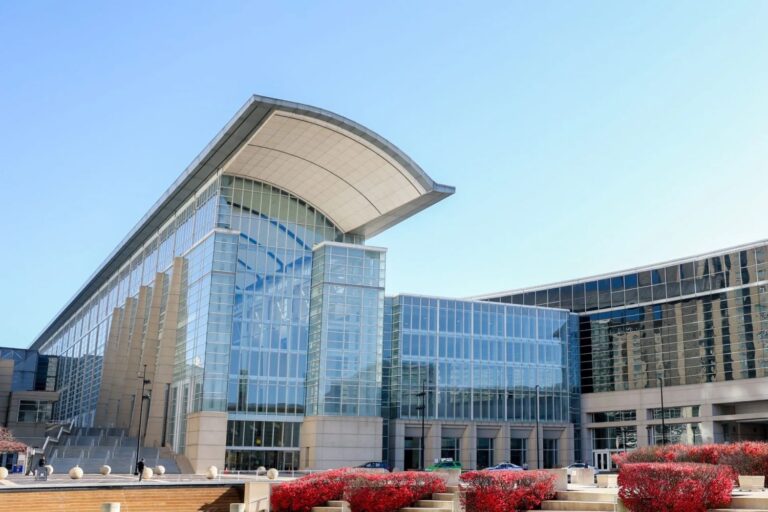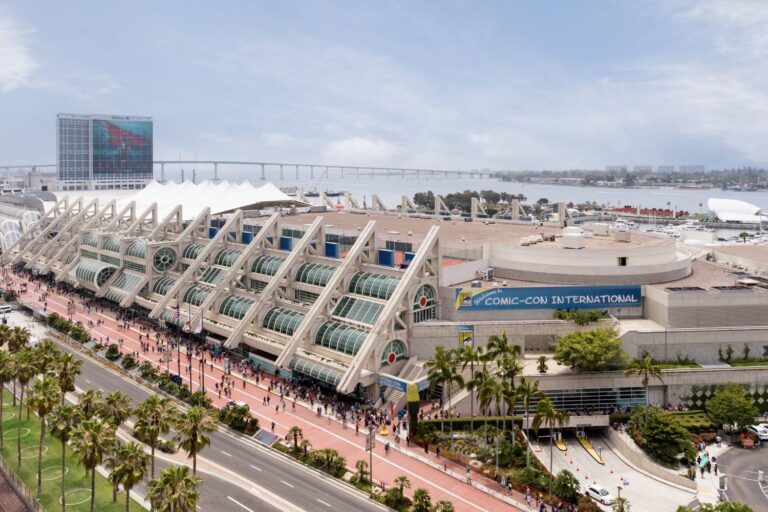From Boom to Bust: The Factors Behind California Pizza Kitchen’s Decline
When it comes to innovative pizzas and a casual dining experience, one can’t help but think of California Pizza Kitchen (CPK), a famous chain that first made waves in Beverly Hills back in 1985.
Known for its unique pizza offerings and a rapidly growing presence, it quickly expanded to 250 locations across the U.S. and reached 10 countries. However, despite its initial success and widespread popularity, the brand faced a lot of challenges over time that led to a noticeable decline.
To understand this decline, it’s essential to first look at the changes in ownership that have shaped its path.
How Ownership Changes Have Influenced California Pizza Kitchen’s Market Position
Larry Flax and Rick Rosenfield, both former lawyers, made an unexpected leap into the pizza business. They met in the 1970s while working as federal prosecutors and later became criminal defense attorneys.
After years in law, a frustrating case led them to rethink their careers. Determined to follow their passion, they took out second mortgages and convinced 22 friends to invest $300,000 to open the first California Pizza Kitchen in 1985.
With the rise of California-style pizza, Flax and Rosenfield drew inspiration from Spago’s innovative pizzas and created their own unique menu. The barbecue chicken pizza became a signature dish, and their open kitchen concept transformed CPK into a beloved brand, marking the start of their success in casual dining.
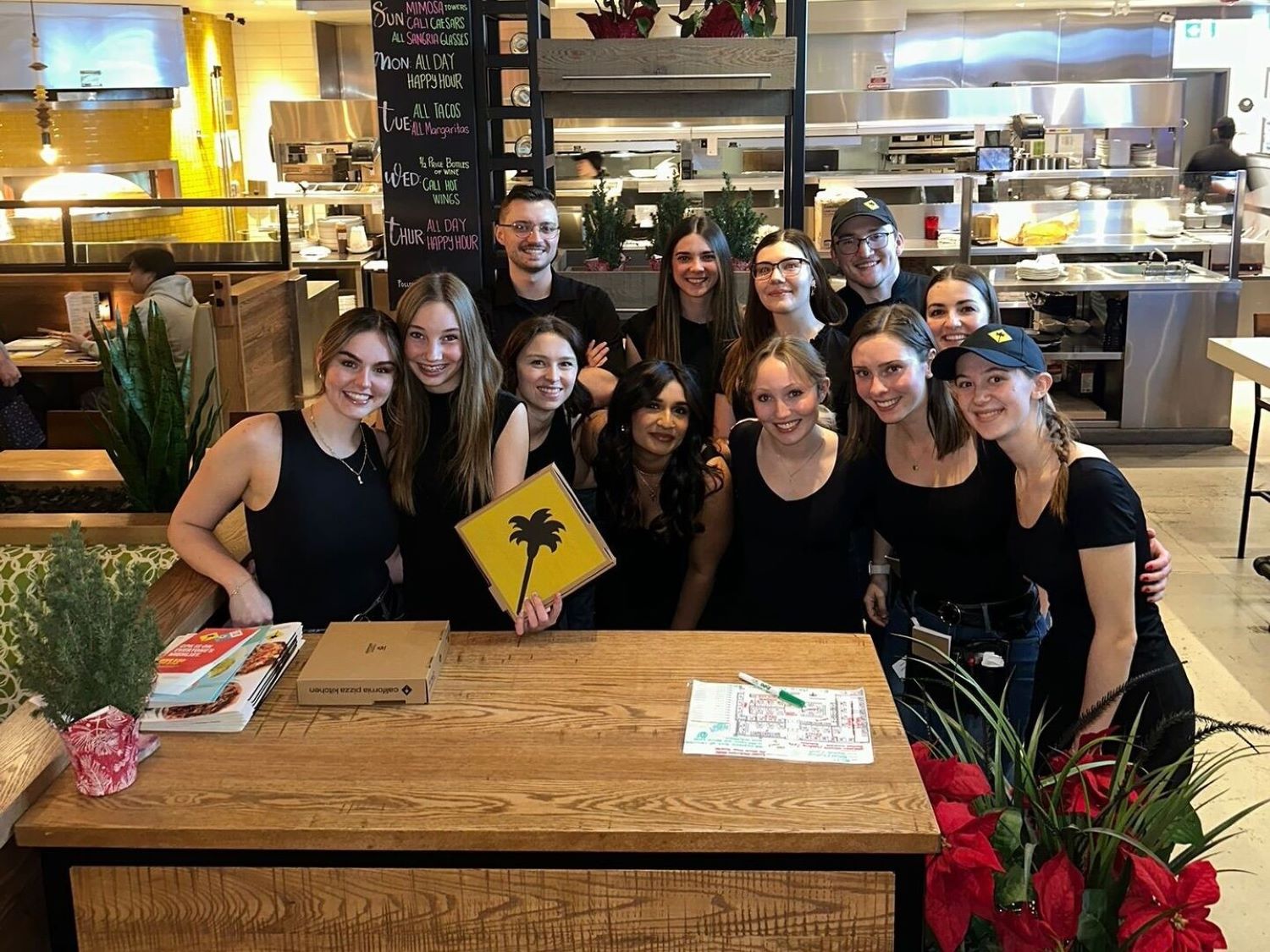
However, as California Pizza Kitchen expanded, the company has experienced many ownership changes, each influencing its direction in different ways.
In 1992, PepsiCo bought a majority stake in CPK, first acquiring 50% and later increasing it to 67%. PepsiCo’s goal was to expand CPK quickly, and the number of locations nearly tripled in just two years.
However, the rapid growth created problems. Some new locations were opened in areas where CPK’s unique menu didn’t appeal to the local customers. Moreover, cost-cutting measures, like changing ingredients, damaged the brand’s reputation.
While expansion increased CPK’s visibility, it also caused operational issues and negatively affected the customer experience.
In 1997, PepsiCo decided to exit the restaurant business and sold CPK to a private equity firm. During this time, CPK made a key move by licensing its brand to Kraft to sell frozen pizzas in supermarkets, which boosted brand visibility and added a new revenue stream.
However, the leadership shift caused some internal tensions, as founders Larry Flax and Rick Rosenfield were replaced by a new CEO, Fred Hipp, though they remained on the board.
In 2000, CPK went public, raising over $72 million through an initial public offering (IPO). The money helped pay down debt from previous expansions. However, CPK continued to face financial challenges.
The new leadership’s aggressive expansion strategy led to more debt and operational problems. In 2003, Flax and Rosenfield returned to leading the company, slowing expansion and focusing on improving existing locations to stabilize finances.
In 2011, private equity firm Golden Gate Capital acquired CPK. California Pizza Kitchen Inc. and Golden Gate Capital have announced a definitive agreement valued at $470 million, or $18.50 per share.
While this price is lower than the company’s 52-week high of $20 reached in May 2010, it is approximately $2 higher than its current share price, offering a 32 percent premium over the 30-day average price before the search for a buyer commenced.
“We have great respect for the California Pizza Kitchen brand,” said Josh Olshansky, a managing director with Golden Gate Capital. “The business that the CPK team has built, with its great product offerings, makes it an ideal fit with our long-term oriented approach to investing. We are very pleased to partner with the company to continue to invest in the business for the benefit of all its guests, employees and partners.”
The Fall of California Pizza Kitchen: Key Factors Behind Its Decline
Many factors can contribute to a business’s decline. While the business model is usually the most obvious reason, there are other important factors that are often overlooked. This is equally true for CPK, where factors beyond just its business model played a vital role in its struggles.
Recession-Driven Challenges: The Financial Strain on CPK
First, the 2008 financial crisis led to a major recession, which impacted consumer spending. As a result, many casual dining restaurants, including California Pizza Kitchen, saw a sharp drop in sales.
California Pizza Kitchen Inc. lowered its fiscal 2008 profit forecast by approximately 35 percent and reported preliminary results for the quarter that were worse than expected, attributing the decline to economic challenges. As a result, the company’s shares dropped 20 percent in after-hours trading.
The fourth-quarter comparable restaurant sales grew by 1.8 percent, a decrease from the 6.9 percent growth reported in the same quarter the previous year.
Around 70% of CPK’s locations were in or near shopping malls, which experienced a major drop in foot traffic during the recession. This decrease in mall visitors directly affected CPK’s customer base, as fewer people were coming to these areas.
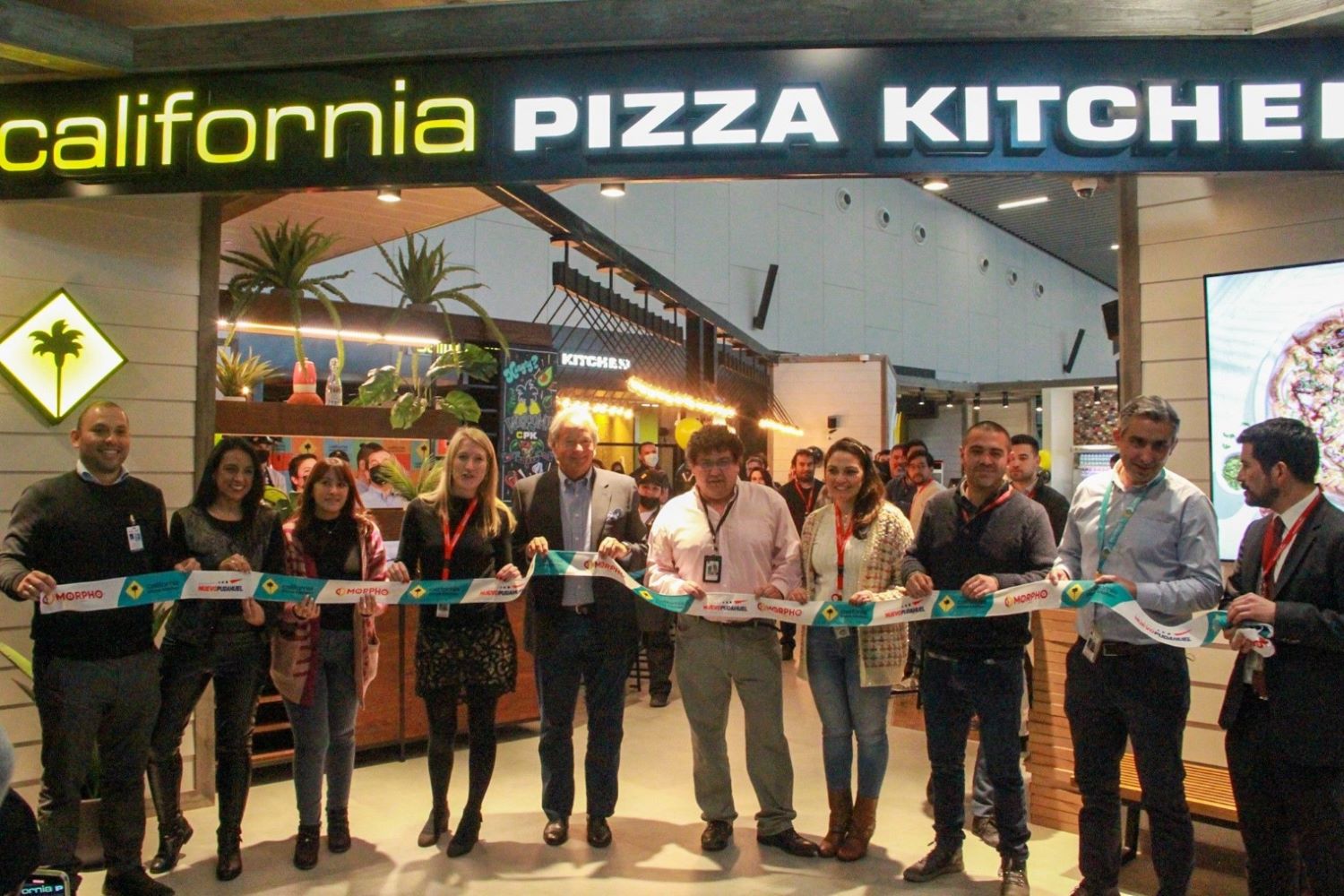
The recession also sped up a shift in consumer preferences from casual dining to fast-casual and quick-service restaurants, which were seen as more affordable and convenient.
Fast-casual options provided a quicker, yet high-quality, dining experience at lower prices, appealing to budget-conscious customers. This trend impacted CPK, as more people began opting for these quicker, more affordable choices.
Plus, with higher unemployment and reduced disposable income, people became more cautious with their spending. As dining out became less frequent, CPK’s sales continued to suffer. The combination of reduced mall traffic, changing consumer habits, and economic challenges played an important role in CPK’s decline during the recession.
The Pandemic’s Toll on CPK: A Look at the Challenges and Recovery Efforts
Besides, the COVID-19 pandemic had a huge impact on the global restaurant industry and dine-in restaurants like California Pizza Kitchen were hit especially hard. Before the pandemic, 78% of CPK’s customers chose to dine at the restaurant, making it a key part of their business.
But when lockdowns, social distancing, and health guidelines were put in place, CPK’s usual business model was severely disrupted.
With dining rooms closed and indoor seating restricted, CPK saw a sharp drop in foot traffic, causing their dine-in revenue to vanish almost overnight. The sudden loss of customers made it difficult for CPK to keep its operations running, leading to restaurant closures or limited hours at many locations.
In 2020, the company saw a sharp decrease in sales, with a 40% drop during the early months of the pandemic.
To survive, CPK had to quickly adapt to off-premises dining, such as takeout and delivery, which many other restaurants had already started offering. However, this shift was challenging for CPK, which had always focused on providing a high-quality dine-in experience.
“The unprecedented impact of COVID-19 on our operations certainly created additional challenges,” California Pizza Kitchen CEO Jim Hyatt said.
Scaling up delivery and takeout required changes to their kitchen processes, staffing, and packaging. They had to ensure the food stayed fresh during delivery, set up an online ordering system, and manage the more complex logistics of delivery services.
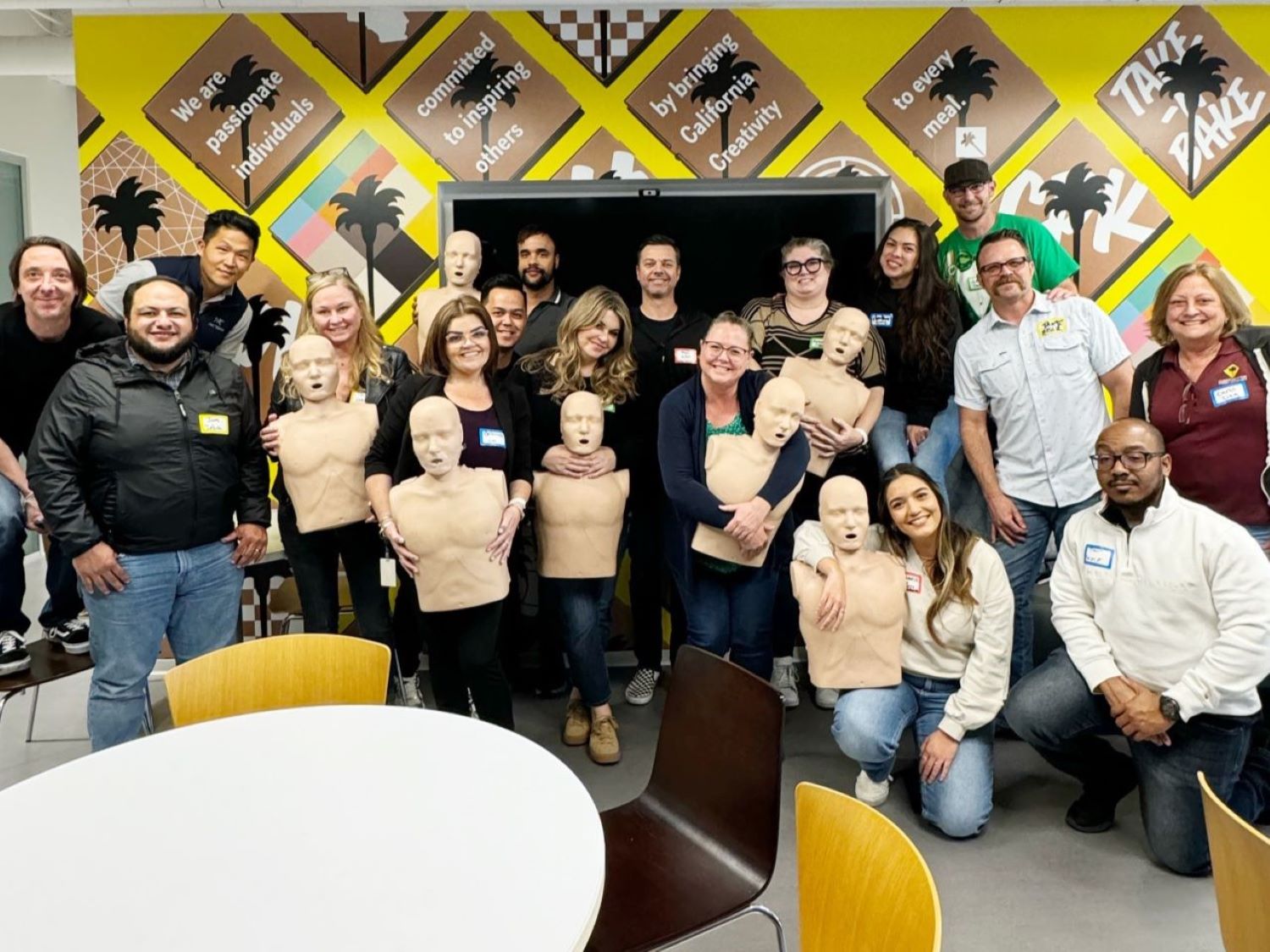
What’s more, CPK’s menu, designed for in-person dining, needed adjustments for takeout and delivery. Some dishes didn’t travel well, so they had to decide which items could be delivered without losing quality. Delivery services also came with added costs, especially when using third-party delivery platforms, which cut into CPK’s profits.
As the pandemic continued, CPK’s financial problems grew worse. Many of their restaurants were in areas with high infection rates, leading to long closures and ongoing restrictions.
The uncertainty made people hesitant to dine out or order takeout, which slowed the recovery process. Even when restrictions eased, fear of the virus and changes in consumer behavior meant that the flow of customers didn’t quickly return to normal levels.
From Debt to Bankruptcy: CPK’s Financial Struggle for Survival
What’s more, California Pizza Kitchen was already facing financial struggles before the COVID-19 pandemic hit, with over $400 million in debt.
Unable to manage its financial obligations amidst declining sales due to COVID-19, CPK filed for Chapter 11 bankruptcy in July 2020. Filing for bankruptcy allowed the company to restructure its debt and negotiate more favorable terms with creditors.
As part of the bankruptcy process, CPK closed 17 U.S. locations due to COVID-19 and lease issues, with an additional eight stores closing during the proceedings.
The bankruptcy process helped CPK reduce its debt load by over $220 million, giving it some breathing room. This restructuring also allowed the company to make key operational changes, such as negotiating rent concessions and closing underperforming locations.
However, the damage to CPK’s financial health was already significant. Even after the bankruptcy filing and debt reduction, the company continued to face challenges. The restaurant industry was in turmoil, and consumer behavior had shifted, with more customers opting for off-premises dining options like delivery and takeout.
Even as lockdowns lifted, CPK’s restaurants struggled to regain pre-pandemic sales, and it became clear that the financial impact of the crisis would be long-lasting. CPK has continued to deal with issues, closing an average of 10 restaurants each year.
The restructuring did not immediately restore profitability. CPK still faces difficulties such as adapting to a new business model, changing consumer expectations, and dealing with operational inefficiencies.
CPK’s Struggle to Adapt: Shifting Its Business Model from Dine-In to Delivery During the Pandemic
California Pizza Kitchen relied heavily on dine-in customers, which made it especially vulnerable when the COVID-19 pandemic hit. As mentioned above, before the pandemic, about 78% of CPK’s sales came from customers dining in the restaurant.
When dining rooms were forced to close due to lockdowns, CPK faced a huge drop in revenue. This forced the company to quickly shift to takeout and delivery, which brought several challenges.
To adapt, CPK had to make changes to its operations. The restaurant was built around providing an in-person experience, with an open kitchen concept where customers could watch their food being prepared.
This shift to a more impersonal, off-premises model required major adjustments in operations. CPK had to reconfigure its kitchens, streamline the menu for easier takeout options, and ensure that food quality was maintained during delivery.
In addition, the company had to partner with third-party delivery services like Uber Eats and Grubhub, which added extra costs and further complicated operations. The need for packaging that could maintain the freshness and quality of the food during delivery was another hurdle.
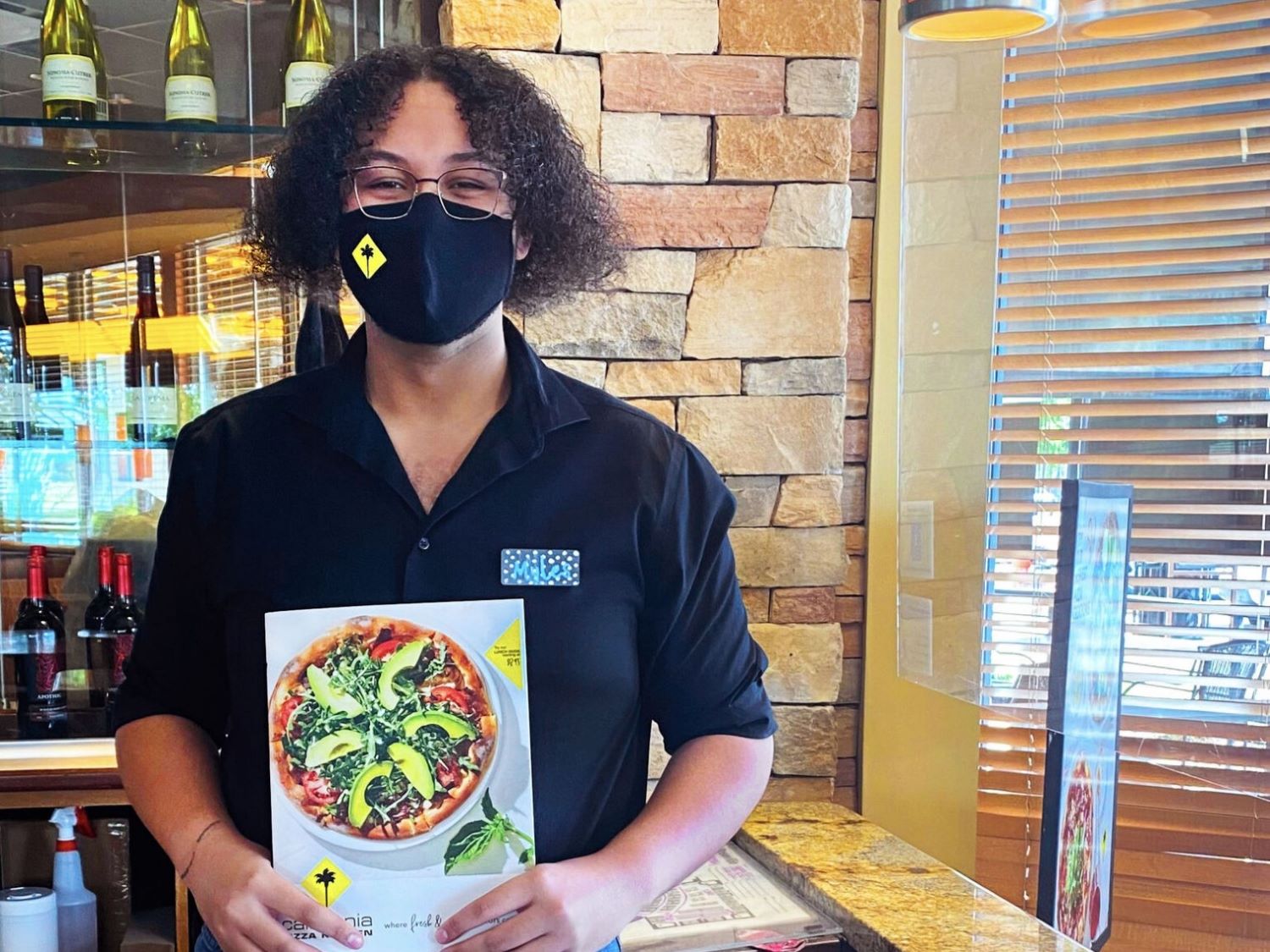
Despite these efforts, the transition to this new operational model came with high costs and operational inefficiencies, and the company’s financial struggles worsened as a result.
The sudden shift to a delivery-focused business model also had a significant impact on CPK’s workforce. To cope with the reduced number of in-store diners, many employees were furloughed. CPK had to furlough approximately 6,000 of its 15,000 employees.
Those who stayed had to take on new responsibilities, like handling takeout orders and ensuring sanitation standards were met, especially as health protocols became stricter. This change in roles put extra pressure on employees, and they had to quickly adapt to keep the restaurant running smoothly in a new way.
How Changing Consumer Preferences Impacted CPK
Changing consumer preferences has greatly impacted the closure of CPK outlets across the country. As people become more health-conscious, they are increasingly seeking menu options that cater to their dietary restrictions, such as low-calorie, gluten-free, or plant-based choices.
CPK’s traditional menu, focused mainly on pizza and pasta, may not align with the evolving demand for lighter, healthier, and more customizable options.
In response, CPK has introduced a variety of healthier menu items, including cauliflower crust pizzas and salads with fresh, nutrient-rich ingredients. This shift reflects a broader trend towards health-conscious eating, which has become increasingly important to modern diners.
Additionally, the rise of food delivery services has shifted the way people dine. With the convenience of ordering from a variety of restaurants and having food delivered straight to their door, many consumers now prefer staying in rather than dining at a sit-down restaurant like CPK.
This change in behavior has resulted in a decline in foot traffic at CPK’s locations, contributing to the company’s decision to close several outlets.
Moreover, consumers are looking for unique and memorable dining experiences. This trend has driven CPK to innovate its menu and create visually appealing dishes that cater to the desire for “Instagrammable” moments. The company has also focused on creating a welcoming and engaging atmosphere in its restaurants to enhance the overall dining experience.


